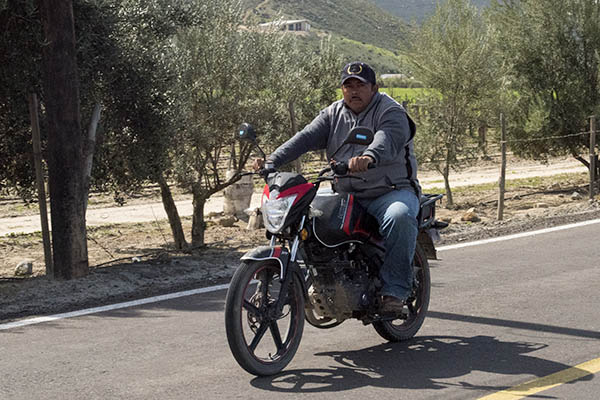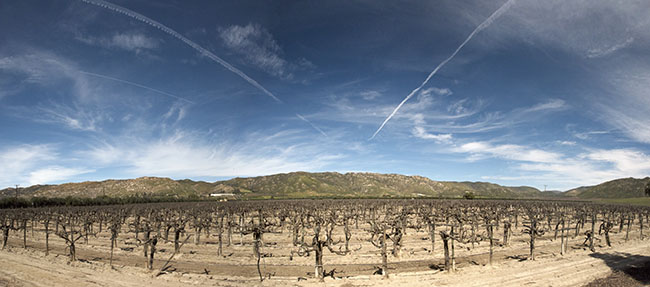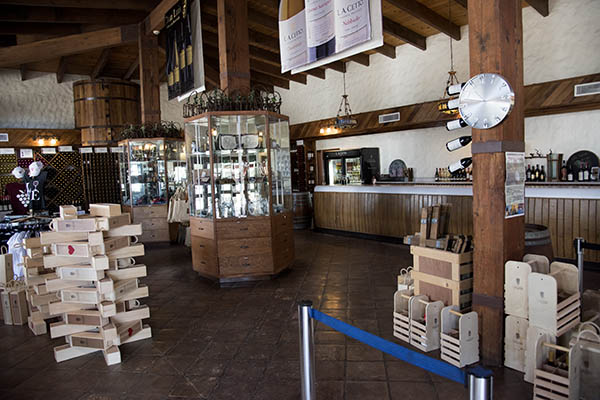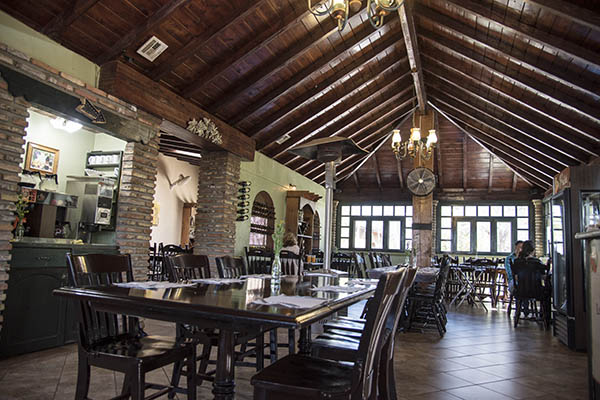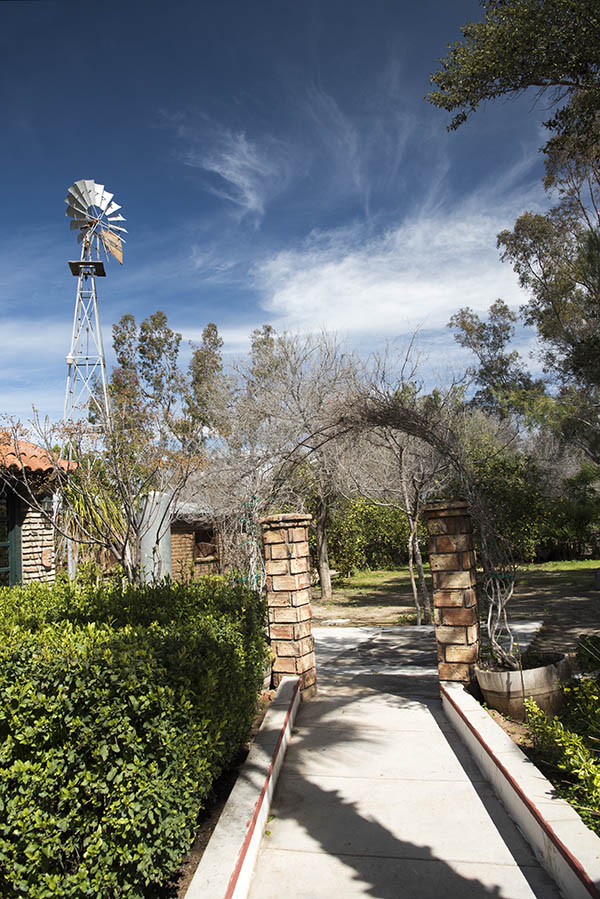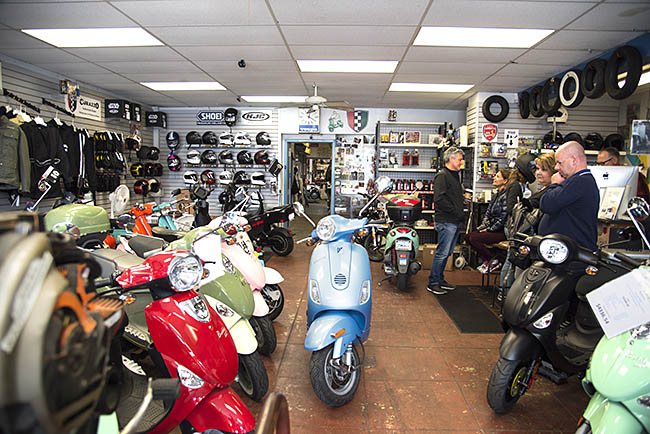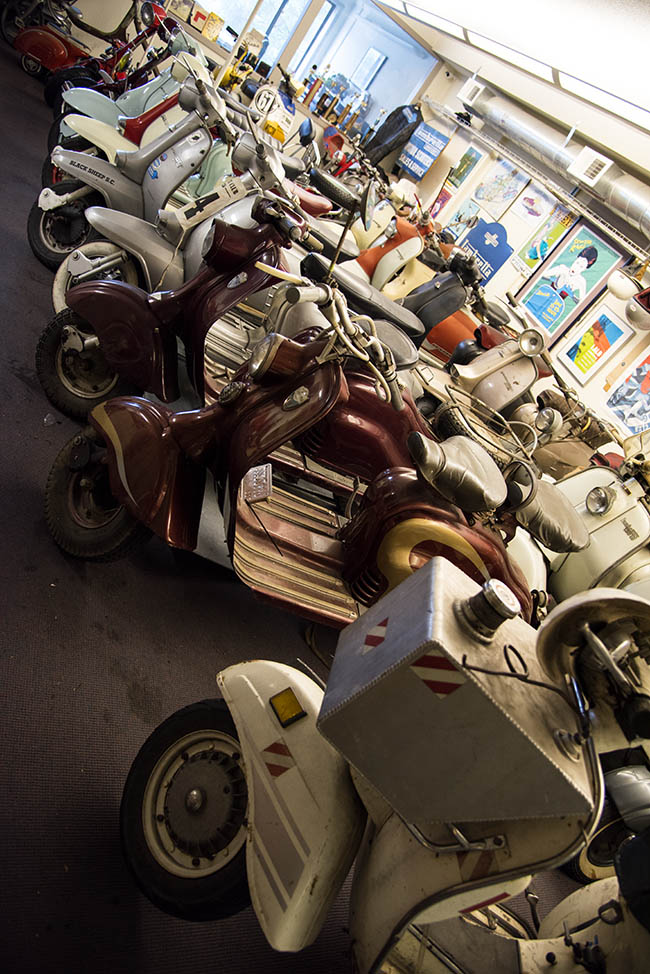By Joe Berk
People reload ammunition for different reasons. It used to be you could save money by reloading, and I suppose for the more exotic cartridges (any Weatherby ammo, the big elephant rounds like .458 Win Mag, the .416 Rigby, etc.) that’s still the case. It’s not the case for the more common rounds like 9mm, .45 ACP, and .223 Remington; bulk ammo for those is so inexpensive you’d be hard pressed to reload for as little as that ammo costs. Sometimes people reload because factory ammo is no longer available or it’s very tough to find. But most of us reload for accuracy. We can experiment with different combinations of components and tailor a combo to a particular firearm to find the sweet spot…that combination of components that provides the tightest groups. I’m in that category; it’s why I reload.
When I’m testing for accuracy and I get a tight group, I always wonder: Is it because of the combination of components, or is it just a random event? Usually, if the group size is repeatable, we conclude that it is the component combination, and not just a random good group that results from all the planets coming into alignment. But is there a better way? You know, one that shows with more certainty that it’s the component combination, and not just a fluke?
This article is a bit different. It’s not just a story about a gun or about reloading ammunition. It includes those things, but it’s more. This story is about applying the Taguchi design of experiments technique to .45 ACP load development for ammo to be used in a Smith and Wesson Model 25 revolver (the one you see in the photo above).
I’m guessing you probably never heard of Taguchi. That’s okay; most folks have not. Taguchi testing is a statistical design of experiments approach that allows evaluating the impact of several variables simultaneously while minimizing sample size. The technique is often used in engineering development activities, and I used it regularly when I was in the aerospace world. The technique was pioneered by Genichi Taguchi in Japan after World War II, and made its way to the US in the mid-1980s. I used the Taguchi technique when I ran engineering and manufacturing groups in Aerojet Ordnance (a munitions developer and manufacturer) and Sargent Fletcher Company (a fuel tank and aerial refueling company).
Taguchi testing is a powerful technique because it allows identifying which variables are significant and which are not. Engineers are interested in both. It lets you know which variables you need to control tightly during production (that is, which tolerances have to be tight), and it identifies the others that are not so critical. Both are good things to know. If we know which variables are significant and where they need to be, we can change nominal values, tighten tolerances, and maybe do other things to achieve a desired output. If we know which variables are not significant, it means they require less control. We can loosen tolerances on these variables, and most of the time, that means costs go down.
Like I said above, I used Taguchi testing in an engineering and manufacturing environment with great success. The Taguchi approach did great things for us. When I worked in the cluster bomb business, it allowed us to get the reliability of our munitions close to 100%. When I worked in a company that designed and manufactured aerial refueling equipment (think the refueling scene in the movie, Top Gun), it helped us to identify and control factors influencing filament-wound F-18 drop tanks. In that same company, it helped us fix a 20-year-old reliability problem on a guillotine system designed to cut and clamp aerial refueling hoses if failures elsewhere in the refueling system prevented rewinding the hose. You don’t want to land in an airplane trailing a hose filled with JP4 jet fuel. Good stuff, Taguchi testing is.
As you know from reading our other Tales of the Gun stories, the idea in reloading is to find the secret sauce…the perfect recipe of bullet weight, propellant, brass case manufacturer, and more, to find the best accuracy for a given firearm. Hey, I thought…I could apply the Taguchi technique to this challenge.
When you do a Taguchi experiment, you need to define a quantifiable output variable, and you need to identify the factors that might influence it. The output variable here is obvious: It’s group size on the target. The input variables are obvious, too. They would include propellant type, propellant charge, primer type, bullet weight, brass type, bullet seating depth, and bullet crimp. We’re trying to find which of these factors provides the best accuracy. I wanted to turn my Model 25 Smith and Wesson into a hand-held tack driver.

When Taguchi developed his testing approach, he made it simple for his followers. One of the things he did was define a simple test matrix, which he called an L8 orthogonal array. It sounds complicated, but it’s not. It just means you can evaluate up to seven different input variables with each at two different levels. That’s a bit complicated, but understanding it is a little easier if you see an example. Here’s what the standard Taguchi L8 orthogonal array (along with the results) looked like for my Model 25 load development testing:

As the above table shows, three sets of data were collected. I tested each load configuration three times (Groups A, B, and C), and I measured the group size of each 3-shot group. Those group sizes became the output variables.
The next step involved taking the above data and doing a standard Taguchi ANOVA (that’s an acronym for analysis of variance). ANOVA is the statistical method used for evaluating the output data (in our case, the group sizes) to assess which of the above input variables most influenced accuracy. That’s a complex set of calcs greatly simplified by using Excel. The idea here is to find the factor with the largest ANOVA result. You see, any time you measure a set of results, there’s going to be variation in the results. Where it gets complicated is the variation can be due to randomness (the variation in the results that would occur if you left all of the inputs the same). Or, the variation can be due to something we changed. We want to know if the differences are due to something we did (like changing or adjusting a component) or if they are due to randomness alone. I cranked through the ANOVA calcs with Excel, and here’s what I obtained…

The above results suggest that crimping (squeezing the bullet by slightly deforming the case mouth inward) has the greatest effect on accuracy (it had the largest ANOVA calculated result). The results suggest that cartridges with no crimp are more accurate than rounds with the bullet crimped. But it’s a suggestion only; it doesn’t mean it’s true. The next step is to evaluate if the differences are statistically significant, and doing that requires the next step in the ANOVA process. This gets really complicated (hey, I’m an engineer), but the bottom line is that we’re going to calculate a number called the f-ratio, and then compare our calculated f-ratio to a reference f-ratio. If the calculated f-ratio (the one based on the test results above) exceeds the reference f-ratio, it means that crimping versus no crimping makes a statistically significant difference in accuracy. If it not not exceed the reference f-ratio, it means the difference is due to randomness. Using Excel’s data analysis feature (the f-test for two samples, for you engineers out there) on the crimp-vs-no-crimp results shows the following:

Since the calculated f-ratio (3.817) does not exceed the critical f-ratio (5.391), I could not conclude that the findings are statistically significant. What that means is that the difference in accuracy for the crimped versus uncrimped rounds is due to randomness alone.
Whew! So what does all the above mean?
All right, here we go. This particular revolver shot all of the loads extremely well. Many of the groups (all fired at a range of 50 feet) were well under an inch. Operator error (i.e., inaccuracies resulting from my unsteadiness) overpowered any of the factors evaluated in this experiment. In other words, my unsteadiness was making a far bigger difference than any change in the reloading recipe.
Although the test shows that accuracy results were not significantly different, this is good information to know. What it means is that all of the test loads (the different reloading recipes) are reasonably accurate. If I had used a machine rest, I might have seen a statistically significant difference. Stated differently, the test told me that I needed to use a machine rest with this gun to see which load parameters were really playing a role in accuracy. Without it, my flaky shooting skills (or as the statisticians like to say, my randomness) overpowered any accuracy gains to be realized by playing with component factors.
That said, though, I like that 4.2 grains of Bullseye load with the 200 grain semi-wadcutter bullet, and it’s what I load for my Model 25. But I now know…the gun shoots any of these loads well, and crimping versus no crimping doesn’t really make a difference.
Check out our other Tales of the Gun stories here.
Join our Facebook ExNotes page!
Never miss an ExNotes blog:









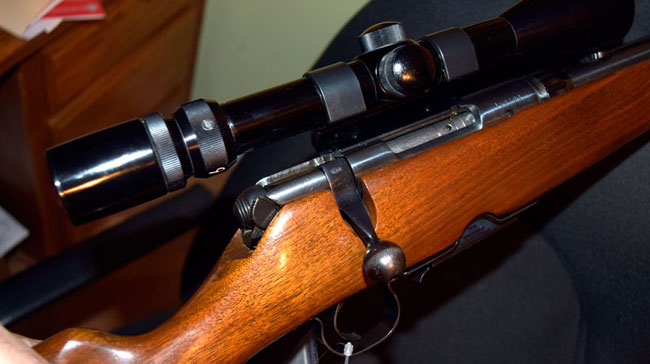


 It seems like I’m always working a pick and a shovel at Tinfiny Ranch. Situated at 6000 feet in the foothills of the Sacramento Mountains the place is steep with many elevation changes. An arroyo runs past the house so that when it rains (and it rains a lot in New Mexico) my driveway becomes a short-lived trout stream.
It seems like I’m always working a pick and a shovel at Tinfiny Ranch. Situated at 6000 feet in the foothills of the Sacramento Mountains the place is steep with many elevation changes. An arroyo runs past the house so that when it rains (and it rains a lot in New Mexico) my driveway becomes a short-lived trout stream. We had a day to kill before I picked up the tractor so we went to Hunter’s Skybox at OSU and watched the OSU women’s basketball team dismantle a team from Kansas. The governor of Oklahoma has a suite two doors down and there was unlimited free food along with all the ice cream you could eat. The suite had a commanding view of both the football field and the indoor arena.
We had a day to kill before I picked up the tractor so we went to Hunter’s Skybox at OSU and watched the OSU women’s basketball team dismantle a team from Kansas. The governor of Oklahoma has a suite two doors down and there was unlimited free food along with all the ice cream you could eat. The suite had a commanding view of both the football field and the indoor arena. The Tractor was a beauty with tires so new they still had rubber bar codes visible. Kubota’s have earned a good name in the heavy equipment arena and this L2850 sported a diesel engine that fired right up.
The Tractor was a beauty with tires so new they still had rubber bar codes visible. Kubota’s have earned a good name in the heavy equipment arena and this L2850 sported a diesel engine that fired right up. Underneath the driven front end you’ll find a portal-type axle to give the tractor plenty of ground clearance. Everything is leaking a bit but oil is cheap and Tinfiny can use a little dust control. The steering felt tight and Woody, the guy I bought the tractor from takes good care of his stuff.
Underneath the driven front end you’ll find a portal-type axle to give the tractor plenty of ground clearance. Everything is leaking a bit but oil is cheap and Tinfiny can use a little dust control. The steering felt tight and Woody, the guy I bought the tractor from takes good care of his stuff. When I worked construction in Miami it was rare to see a dashboard unbroken. Vandalism was a constant problem. Lights, tires and hoses were routinely damaged by bored kids. The L580 dash was clean and everything works except the tach needle fell off.
When I worked construction in Miami it was rare to see a dashboard unbroken. Vandalism was a constant problem. Lights, tires and hoses were routinely damaged by bored kids. The L580 dash was clean and everything works except the tach needle fell off. At the rear of the Kubota has a two-speed PTO drive that I will be using as soon as CT buys me a backhoe attachment. Amazon has some cool 3-point hoes costing around $3600. You don’t want to do a lot of side digging with a 3-point hoe because the hitch wasn’t meant for big side loads but as long as you are crabbing in a straight line they will work well.
At the rear of the Kubota has a two-speed PTO drive that I will be using as soon as CT buys me a backhoe attachment. Amazon has some cool 3-point hoes costing around $3600. You don’t want to do a lot of side digging with a 3-point hoe because the hitch wasn’t meant for big side loads but as long as you are crabbing in a straight line they will work well. The transmission has high and low range with low range, first gear being super slow. Top end of the tractor in high range-high gear is around 12 miles per hour. With zero suspension 12 MPH is plenty over Tinfiny’s rough grounds.
The transmission has high and low range with low range, first gear being super slow. Top end of the tractor in high range-high gear is around 12 miles per hour. With zero suspension 12 MPH is plenty over Tinfiny’s rough grounds. This lever engages the front wheels. This is pretty important because the front end loader combined with nothing attached to the hitch means the big rear wheels have little traction.
This lever engages the front wheels. This is pretty important because the front end loader combined with nothing attached to the hitch means the big rear wheels have little traction.





